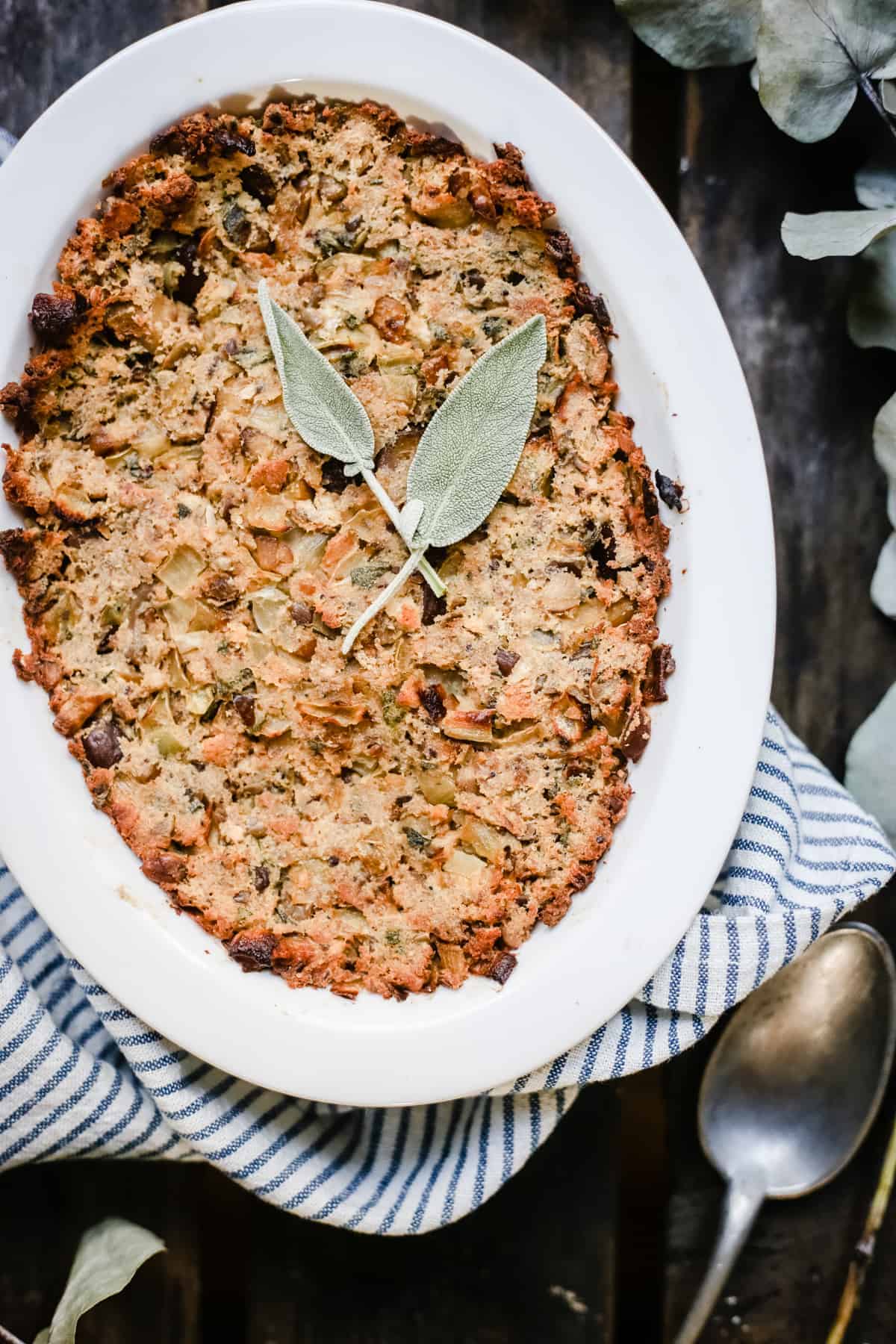Dish Detergent Recipe: Crafting an Eco-Friendly Alternative at Home
Guide or Summary:Ingredients:Instructions:Using Your Dish Detergent:In the modern era, where environmental concerns are at the forefront of consumer awarene……
Guide or Summary:
In the modern era, where environmental concerns are at the forefront of consumer awareness, the quest for sustainable living solutions has never been more critical. One aspect of our daily routine that often goes unnoticed is the impact of dishwashing. The conventional dishwashing process relies heavily on commercial detergents, which, despite their effectiveness, come with a host of environmental drawbacks. These include the use of harsh chemicals, plastic packaging, and significant water consumption. However, there is a silver lining—a solution that not only mitigates these issues but also offers a sense of empowerment by allowing us to craft our own eco-friendly dish detergent.
Ingredients:
Before diving into the recipe, it's essential to gather the necessary ingredients. These are readily available, often found in your kitchen or local supermarket. The key ingredients include:
- Baking soda: acts as a gentle abrasive, helping to remove tough stains and grime.
- Epsom salt: provides a softening effect on dishes and helps in cutting through grease.
- Castile soap: a versatile and biodegradable soap made from vegetable oils, perfect for creating a mild yet effective detergent.

- Essential oils: not only add a delightful fragrance but also have antimicrobial properties, helping to keep your dishes clean and fresh.
Instructions:
With your ingredients in hand, it's time to start crafting your very own dish detergent. Follow these simple steps to create a solution that's both effective and environmentally friendly:
1. **Measuring Ingredients:** Begin by measuring out the ingredients according to the recipe. A general guideline is to use 1 part baking soda, 1 part Epsom salt, and 1 part Castile soap. However, feel free to adjust these proportions to suit your preferences or the level of cleaning required.
2. **Mixing Dry Ingredients:** In a large bowl, mix the baking soda and Epsom salt together. These dry ingredients will act as a base for your detergent, providing the necessary abrasive and softening qualities.
3. **Adding Castile Soap:** Gradually pour in the Castile soap while continuously stirring. The soap will help to emulsify the mixture, ensuring a uniform consistency. If you prefer a thicker consistency, you can add a bit more baking soda or Epsom salt.

4. **Essential Oils:** Once the mixture is well combined, add a few drops of your chosen essential oils. Lavender, tea tree, and lemon are popular choices for their pleasant fragrance and additional cleaning properties. Stir gently to distribute the oils evenly throughout the detergent.
5. **Storing Your Detergent:** Transfer the homemade dish detergent into an airtight container. Glass jars or airtight bags work well for storage. Label the container with the date and ingredients used for future reference.
Using Your Dish Detergent:
Using your homemade dish detergent is as simple as using any other detergent. Here are a few tips to ensure optimal results:
- Wet your dishes thoroughly before applying the detergent.
- Use a sponge or brush to apply the detergent, focusing on areas with stubborn stains or grease.

- Rinse your dishes thoroughly with warm water to remove all traces of the detergent.
- Store any leftover detergent in a cool, dry place.
By following this recipe, you not only reduce your reliance on commercial dishwashing products but also contribute to a healthier environment. The process of creating your own dish detergent is not only empowering but also a testament to the simple yet effective solutions that can be found in our kitchens. So, next time you're faced with the daunting task of washing your dishes, consider turning to your homemade detergent—a sustainable choice that's both good for your home and the planet.